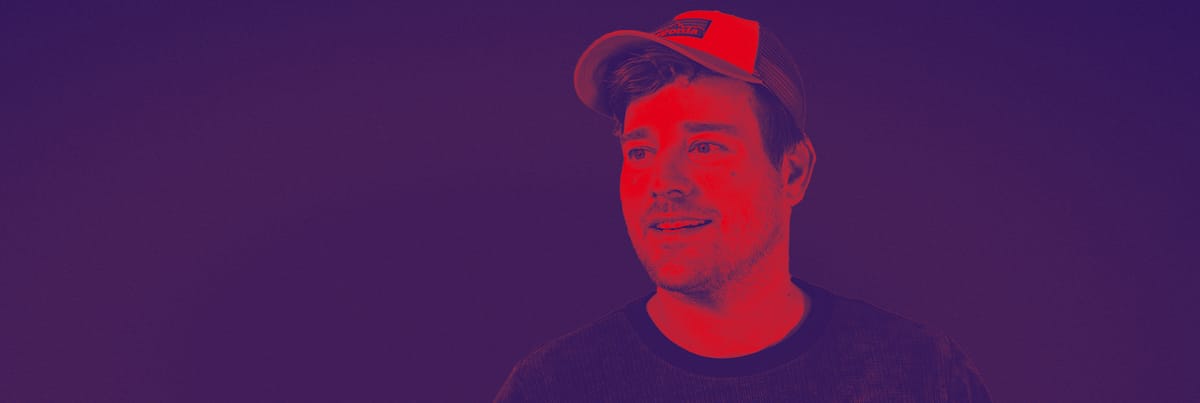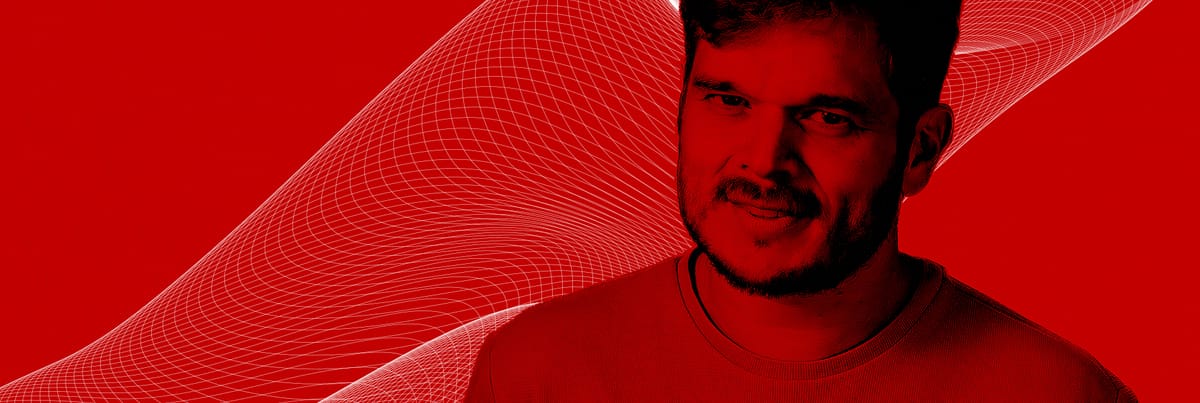When stakeholders choose to bring on a fractional CTO, the expectations can sometimes be unclear. In this article, we’ll explore what typically happens during the first two weeks with a fractional CTO. We’ll cover their key areas of focus and the actions you can expect, as well as clarify what responsibilities they won’t be taking on.
It all starts with a plan
When we start our CTO as a Service with a new company and the interim CTO steps in, the first task is to assess the situation, which is often done by conducting a simplified audit to evaluate the current state of the organisation. From this audit, we develop a clear, actionable plan that prioritises what needs immediate attention and what long-term improvements are needed.
Action items are broken down into manageable tasks that teams can easily understand and implement. Prioritisation is key here: each task is ranked by its impact and effort, ensuring that focus remains on the most critical item. To maintain clarity, only one priority can be at the top.
In a later stage, the identified long-term improvements are integrated into the current roadmap. If multiple roadmaps exist, they are consolidated into a unified roadmap. This single, cohesive plan clarifies priorities for the entire company and ensures alignment toward a shared goal. Any improvements that do not directly support the company’s vision and strategy are documented for future reference.
Our exit strategy is a crucial part of this plan. The ultimate goal is to empower the team and ensure the company can run independently, becoming self-organised and self-sufficient without ongoing external support.
In the early stages of a new assignment, touchpoints with coworkers are frequent. This is where the value of a fractional CTO compared to a part-time CTO comes into play. The fractional CTO is not limited to the number of days they are available but has a scoped focus that can easily span all weekdays.
Interesting read: When your startup does not need a temporary CTO
From fire-fighting to long-term strategy
When a company brings us in as interim CTO, it’s often because something has gone awry, and urgent issues are stacking up. In these situations, our immediate focus is on firefighting—resolving the most pressing problems. However, even as we tackle these urgent fires, we are always thinking about long-term strategies. The goal is to pull the team and product out of “firefighting mode” and set the company on a path toward sustainable growth.
Often, the fires we encounter, along with team frustrations, reveal underlying issues that need to be addressed. Whether these are technical shortcomings or organisational inefficiencies, they point us in the right direction for deeper, lasting improvements. While we are hands-on in our approach, it’s crucial that we work alongside the team, involving them in the solutions so they are prepared to take full ownership going forward.
A common pitfall for many organisations is trying to do too much at once
When everything is a priority, nothing is a priority
A common challenge we encounter is the lack of clear prioritisation. Teams often change focus rapidly—today, the priority might be developing a new feature, while tomorrow it’s improving performance due to a client complaint. As temporary CTOs, our role is to bring structure and clarity to these shifting priorities, ensuring they are managed and aligned with the company’s overall goals.
During our first two weeks, we engage with various stakeholders, including the engineering team, the product team, the CEO, and other decision-makers. We aim to understand their expectations and determine where their priorities lie. These conversations help us paint a clear picture of the organisation. Why do certain stakeholders prioritise certain issues? Are there any hidden or “shadow” stakeholders, such as major clients who have indirect but significant influence?
Our goal is to help the team focus on what truly matters and deliver results. A common pitfall for many organisations is trying to do too much at once. We emphasise that focusing on one priority at a time leads to higher-quality outcomes and less wasted effort. Rather than working on multiple features simultaneously, we scope each change to the least effort required to deliver value. This approach allows us to deliver multiple features within a shorter timeframe without the need for parallel development.
From solutions to problems
When stakeholders approach us with ideas, they often present solutions rather than describe the problems they want to be solved. For example, they might request an Excel export feature without considering if it’s the best solution for the problem at hand. While thinking in terms of solutions can feel productive, it’s crucial to start by identifying the core problem.
As interim CTOs, we frequently ask the question, “What problem are we trying to solve?” By shifting the conversation away from specific solutions and engaging the engineering team earlier in the process, we unlock more effective solutions with shorter development cycles. This approach also reduces frustration within the engineering team, who are often handed solutions they can only give input on when implementation has already started. Involving them sooner results in better alignment and more robust results.
Building the team
Throughout our initial conversations with team members, we gain valuable insights into team dynamics, individual skills, and collaboration. As external advisors, we provide an unbiased perspective on team morale and how well team members work together. We also assess whether the current technical skill set aligns with the company’s future needs.
Sometimes, we discover that a team member eager to learn new technologies can fill a missing skill. This organic growth helps shape the long-term plan for building an ideal team. Building a strong, self-sufficient team takes time and requires a thoughtful balance between current capabilities and future needs.
When a madewithlove fractional CTO starts working with a client, defining missing roles and streamlining the hiring process is a common task. They can also rely on our recruitment service to help look for technical talent around the world.
Quality is a choice
A common complaint is, “The software is full of bugs.” While every stakeholder wants bug-free software, achieving this comes with a cost. Startups, in particular, may not be able to afford the highest level of quality across the board.
Our first step in addressing quality issues is aligning stakeholder expectations. Quality is a tradeoff that depends on the nature of the software. For example, medical software requires a much higher quality standard than a non-critical business app. Understanding this balance helps us define what level of quality is acceptable and create an appropriate quality assurance process. Quality starts before development, during the requirements gathering phase. Engaging the team in the feature ideation process gives them essential context on what to build and how it should work.
Experienced teams can often self-manage quality because they have a bird’s-eye view of the codebase and can spot potential side effects quickly. Our role is to ensure that quality control is embedded within the team’s processes, without becoming a bottleneck that stifles development.
More quality control often means slower delivery, so it’s crucial to strike the right balance between speed and thoroughness. Equally important is ensuring that the team is building the right product in the first place. Building the wrong feature or constantly changing priorities is costly and demoralising for the team.
Also read: Are startups with a CTO as a co-founder more successful?
Don't expect a dictator
Our CTO as a Service approach is collaborative. We don’t come in and dictate how products should be built. While we bring strong opinions based on experience, it’s ultimately the team that must decide what processes work best for them. As external experts, we provide an unbiased perspective and help the team identify and resolve pain points.
Setting the foundation for success
The first two weeks as a fractional CTO are critical for laying the groundwork for both immediate wins and long-term success. From auditing the company’s technology stack to prioritising action items and building a cohesive roadmap, every step is designed to bring clarity and alignment across teams. The key to a successful engagement lies in focusing on what truly matters, fostering collaboration, and empowering teams to take ownership of their processes and solutions.
While we may start by firefighting urgent issues, our ultimate goal is to align the engineering team with the organisation and focus on providing business value. We also want to move the organisation toward sustainable growth and self-sufficiency. By the end of our initial weeks, companies should feel more in control, have clearer priorities, and be better equipped to tackle challenges.
In the end, a fractional CTO is there to guide, advise, and lead—but not to dictate. Success is built on partnership, and when done right, the team will be empowered to continue thriving long after the fractional CTO has moved on.










Member discussion